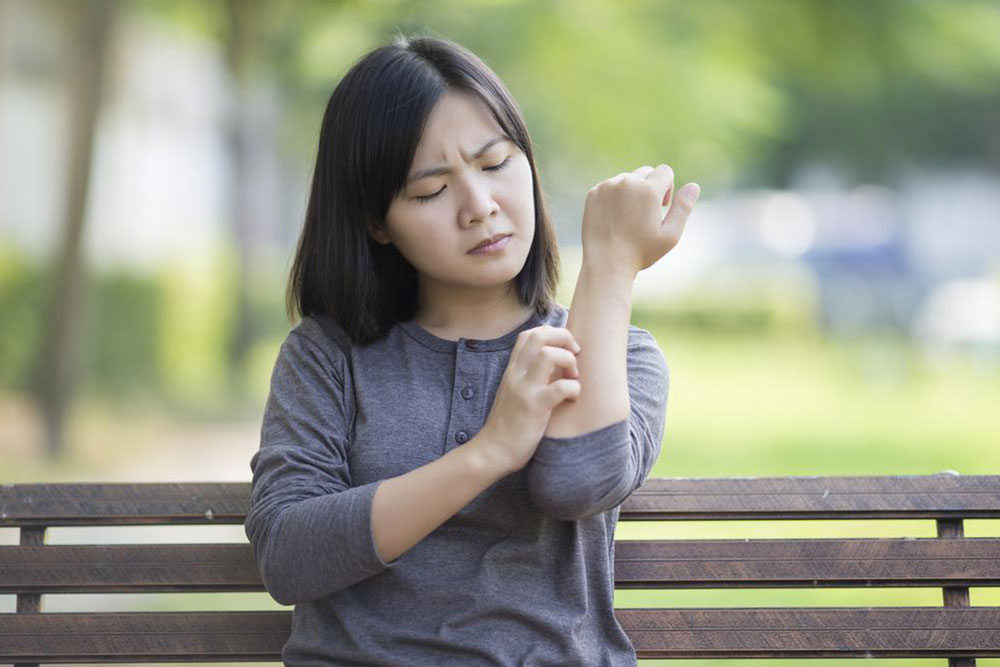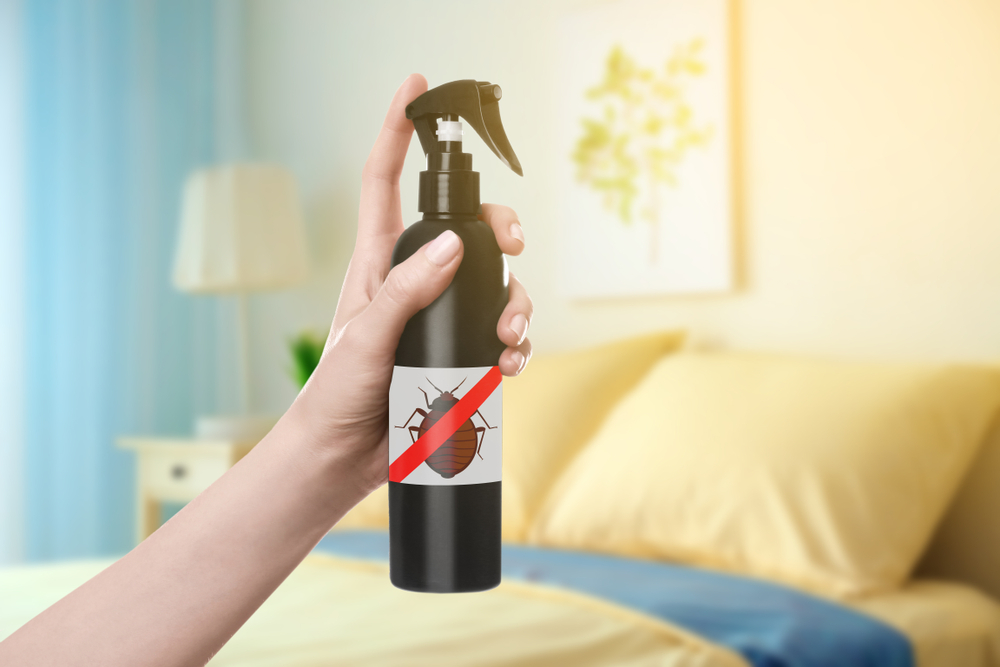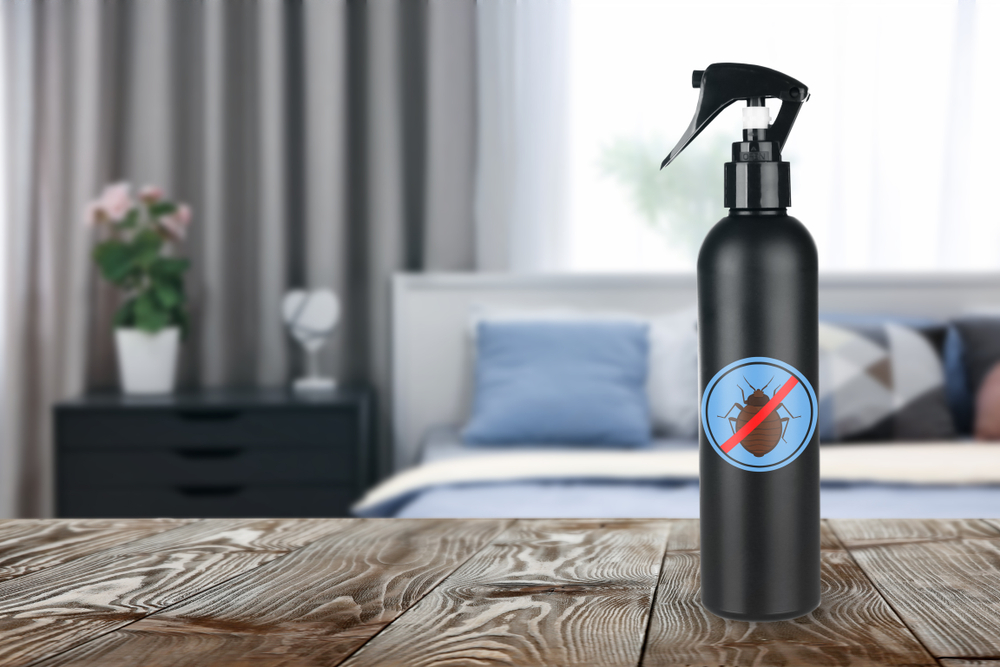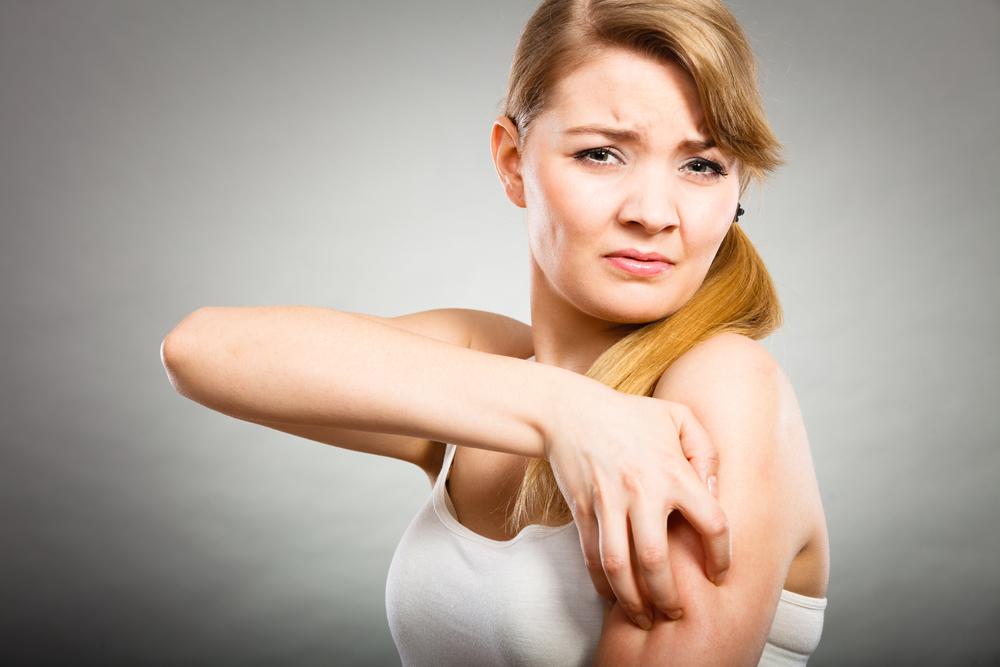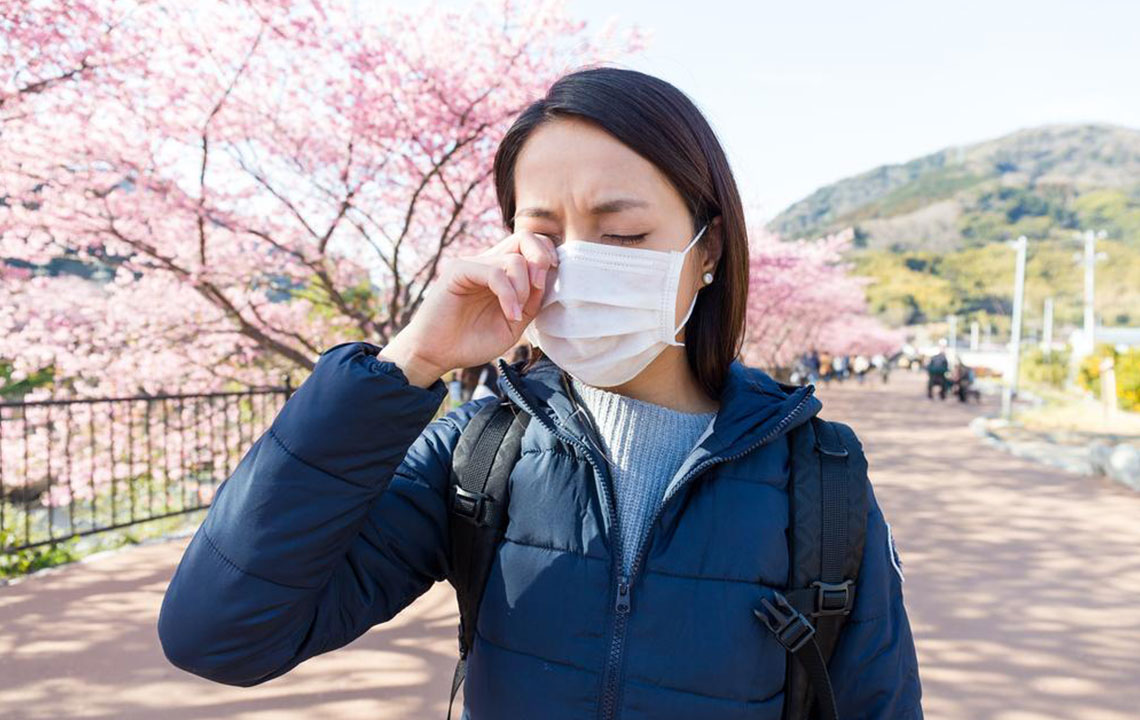Complete Guide to Identifying and Managing Bedbug Bite Reactions
Learn how to accurately identify bedbug bites, understand their symptoms, and discover effective treatments. This comprehensive guide offers insights into managing allergic reactions and eliminating bedbugs from your environment to prevent future bites. Perfect for travelers, homeowners, and anyone concerned about pest-related skin reactions.
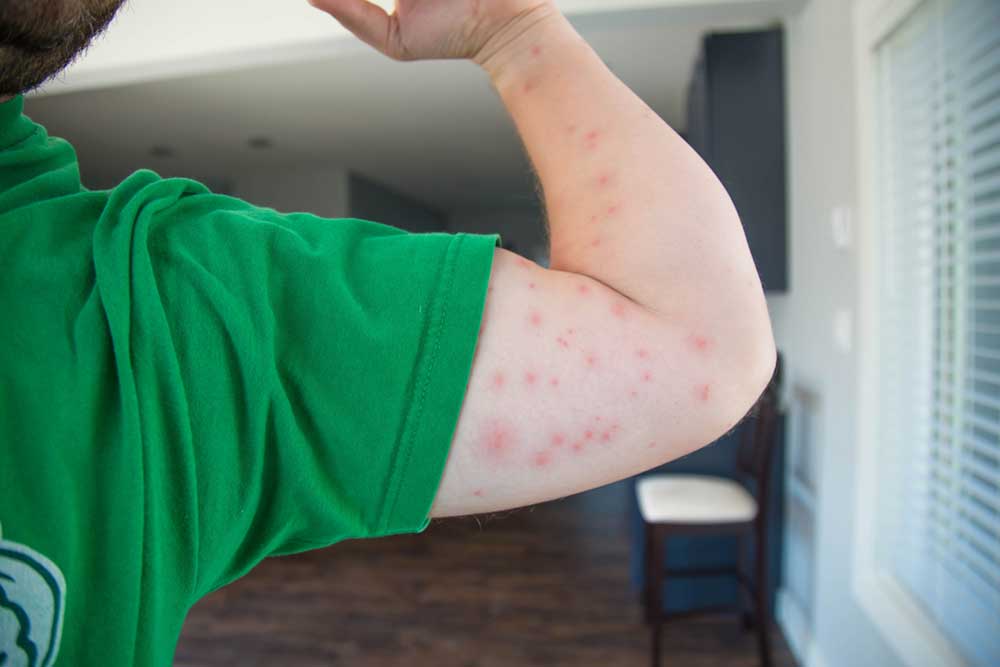
How to Recognize and Effectively Treat Bedbug Bites
Bedbugs are among the most common household pests, notorious for causing discomfort and health concerns, especially in environments such as hotels, hostels, and residential accommodations. These tiny, elusive parasites feed on human blood and are adept at hiding in places like mattresses, bed linens, furniture seams, and even cracks in walls. Their bites can lead to skin irritation, allergic reactions, and in some cases, transmission of infections. In this comprehensive guide, we'll explore how to identify bedbug bites, understand their symptoms, and learn effective ways to manage and alleviate reactions.
Bedbug bites are most commonly found on exposed skin areas such as the neck, face, arms, and back, especially during sleep when individuals are less alert and vulnerable. These bites may also occur on the legs or hands and can sometimes be found in clusters or in a line, following the pattern of the bedbug's feeding activity. Understanding what these bites look like can help you distinguish them from other skin irritations or insect bites. Typically, bedbug bites manifest as small, raised, red bumps that are itchy and may swell if bitten multiple times. The central part of each bite may appear darker, and the surrounding skin often becomes inflamed, giving a red ring of irritation.
Recognizable Symptoms of Bedbug Bites
Persistent, intense itching and burning sensations
Clustered or linear arrangements of red, raised bumps
Localized swelling and inflammation around bites
Development of blistered or sore skin upon scratching
In some cases, individuals might experience allergic reactions such as swelling of the lips, tongue, or face, difficulty breathing, or an irregular heartbeat. These are signs of severe allergic responses and require immediate medical attention.
Effective Strategies for Treating Bedbug Bite Reactions
If you suspect you have been bitten by bedbugs, acting quickly can help reduce discomfort and prevent secondary infections. Start by examining images of bedbug bites online so that you are familiar with their appearance, which can aid in accurate identification. For mild symptoms, over-the-counter remedies like hydrocortisone cream or antihistamine ointments can quell inflammation and itching. Calamine lotion is also effective for soothing irritated skin. In cases of intense allergic response or extensive skin reactions, consulting a healthcare professional is highly recommended. They may prescribe oral antihistamines or corticosteroids to control severe symptoms. It’s essential to maintain good hygiene and keep affected areas clean and dry. Additionally, implementing integrated pest management strategies to eliminate bedbugs from your living space is crucial to prevent further bites.Beyond simply treating bites, addressing the root cause by eradicating bedbugs involves thorough cleaning, washing bedding at high temperatures, and professional pest control interventions. Recognizing the signs of infestation early can save you from prolonged discomfort and health risks. Overall, understanding your symptoms and responding promptly with appropriate treatments can significantly improve your comfort and health.
